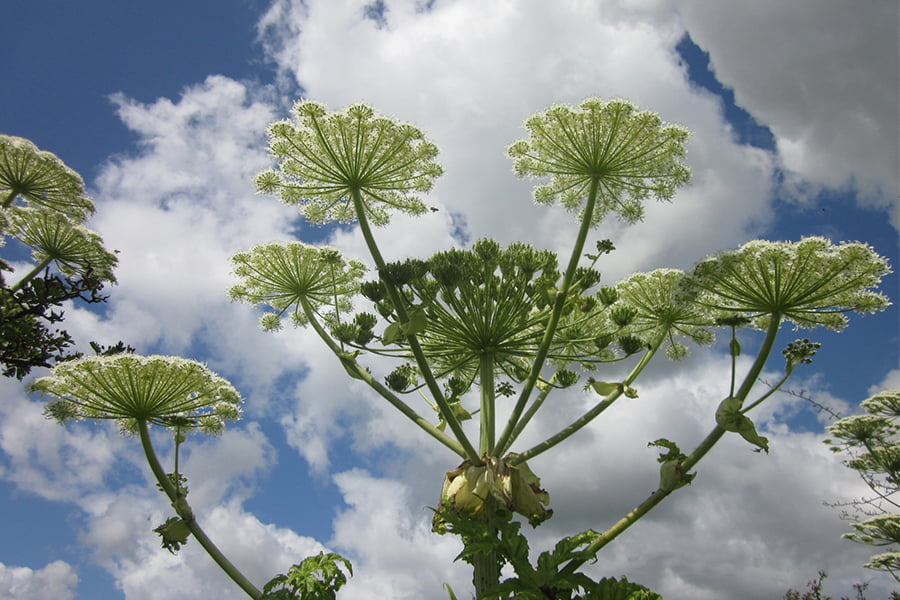HELP OUR CAUSE
Your support and contributions will enable us to meet our goals and improve river conditions.
Your generous donation will fund our mission.
WELCOME TO THE WEAR RIVERS TRUST
We conserve, protect, rehabilitate and improve the landscape and watercourses
We rely on volunteers to help with our work
Our Mission
The Wear Rivers Trust is currently working to map and manage invasive non-native species (INNS) throughout the Wear catchment. As part of our Wear Invasive Non-Native Species (WINNS) project we are;
• Gathering INNS records from the public and other organisations
• Co-ordinating volunteer walkover surveys
• Producing INNS coverage maps for the whole Wear and for individual priority sub-catchments
• Training people to identify and control INNS
• Strategically tackling INNS in partnership with others.

Your support and contributions will enable us to meet our goals and improve river conditions.
Your generous donation will fund our mission.
Pollution incidents can be reported directly to the Environment Agency
0800 80 70 60